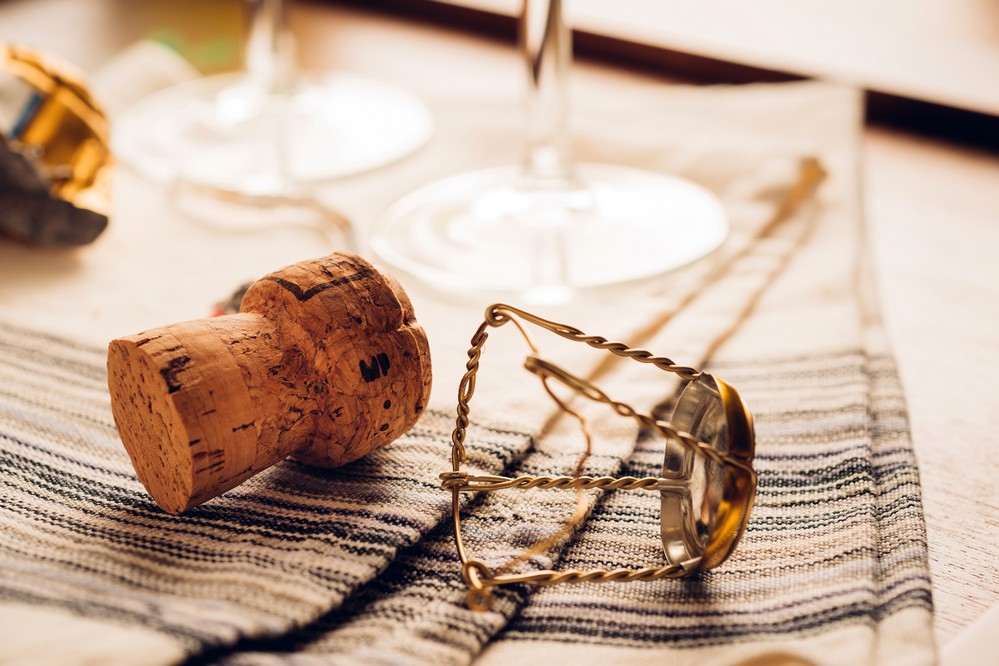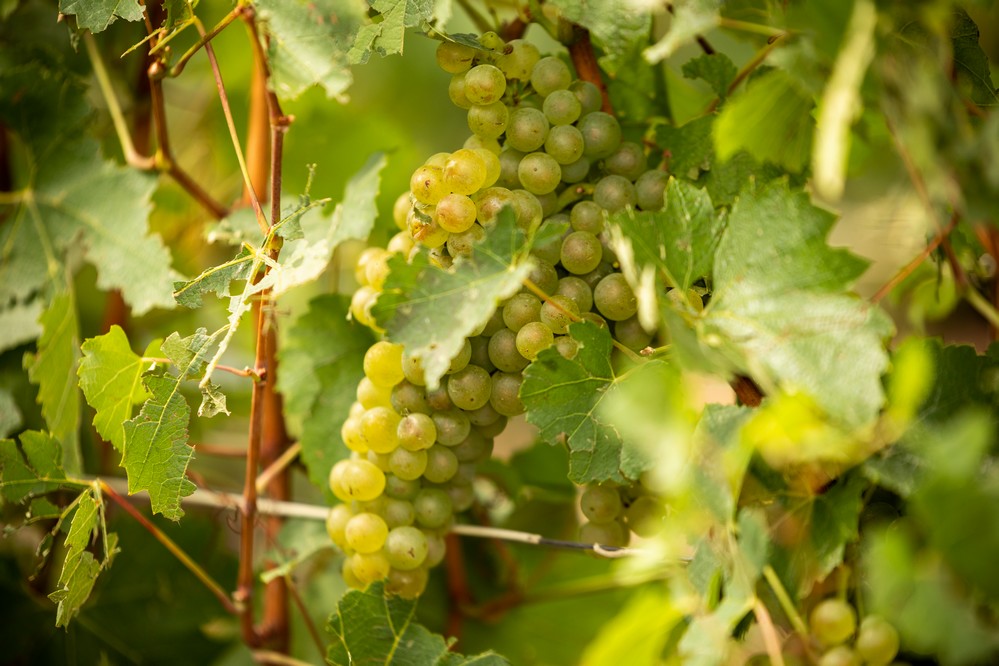Nur auf Englisch
Champagne wines: no matter the inebriation, as long as you have the bottle! (from a sentence of the French author Alfred de Musset “Qu’importe le flacon pourvu qu’on ait l’ivresse”)
Do you know what a “fillette” (little girl) is in the champagne vocabulary? And a “magnum” (not talking about weapons)? These are some of the nicknames given to different champagne bottles depending on their capacity. Other nicknames come from history or the Bible. Some of them are common to other French vineyards such as Burgundy or Bordeaux, but sometimes these same names are attributed to different capacities… In Champagne, some bottles are so enormous that it is hard to imagine how they can be used to serve champagne to dinner guests! Most of these huge bottles are very rare, or even no longer made.
There is a little tip: champagne is better and longer kept in a large bottle than in a small one.
Below are indicated the name of each type of champagne container, its capacity (in litres), its equivalent in champagne bottles and in number of glasses. 1 glass = 1 flute = 1 coupe = 0.125 l (or 12.5 cl).
- The “huitième” (the eighth): 0.094 l (1/8 bottle, 3/4 glass)
- The “quart” (the quarter): 0.1875 l or 0.20 l (1/4 bottle, 1.5 glass)
- The “chopine”: 0.25 l (1/3 bottle, 2 glasses)
- The “demie” ou “fillette” (the half): 0.375 l (1/2 bottle, 3 glasses)
- The “medium” ou “pinte”: 0.60 l (2/3 bottle, 5 glasses)
- The “bouteille” or the “champenoise” (the bottle): 0.75 l (6 glasses). Of course, this is the reference. It is 30 cm high and weighs 1.65 kg. Its capacity has become a standard in the 19th century to facilitate trade between France and England.
- The “magnum”: 1.5 l (2 bottles, 12 glasses)
- The “jeroboam”: 3 l (4 bottles, 24 glasses). It is about the size of a new-born baby.
- The “rehoboam”: 4.5 l (6 bottles, 36 glasses)
- The “mathusalem” (the Methuselah): 6 l (8 bottles, 48 glasses)
- The “salmanazar”: 9 l (12 bottles, 72 glasses)
- The “balthazar”: 12 l (16 bottles, 96 glasses). It is about the size of a 1-year-old child.

In addition to these traditional containers, some champagne houses have invented even crazier sizes of bottles:
- The “souverain” (the sovereign): 26.25 l (35 bottles, 210 glasses)
- The “primat”: 27 l (36 bottles, 216 glasses)
- The “melchisedech” or “midas”: 30 l (40 bottles, 240 glasses). It is about the size of a 5- or 6-year-old child… obese though.
- The “adelaide”: 93 l (124 bottles, 744 glasses)
- The “sublime”: 150 l (200 bottles, 1 200 glasses
At this stage, you must know something: one of the containers above is totally invented by the writer of this article. Can you guess which one it is? Do not read further yet (the answer is just below) and try to find it out. A hint: it is in the list of traditional containers.
Have you not found it yet? Here it is: the “gaspard” does not exist, unless we do not know it. The third Magi, along with Melchior and Balthazar, has not been an inspiration for the name of a champagne container. And that is a pity, because it would have made an excellent French joke about sparkling wine. Indeed “gaspard” or “gaz part” in French means “the gas leaves”.
